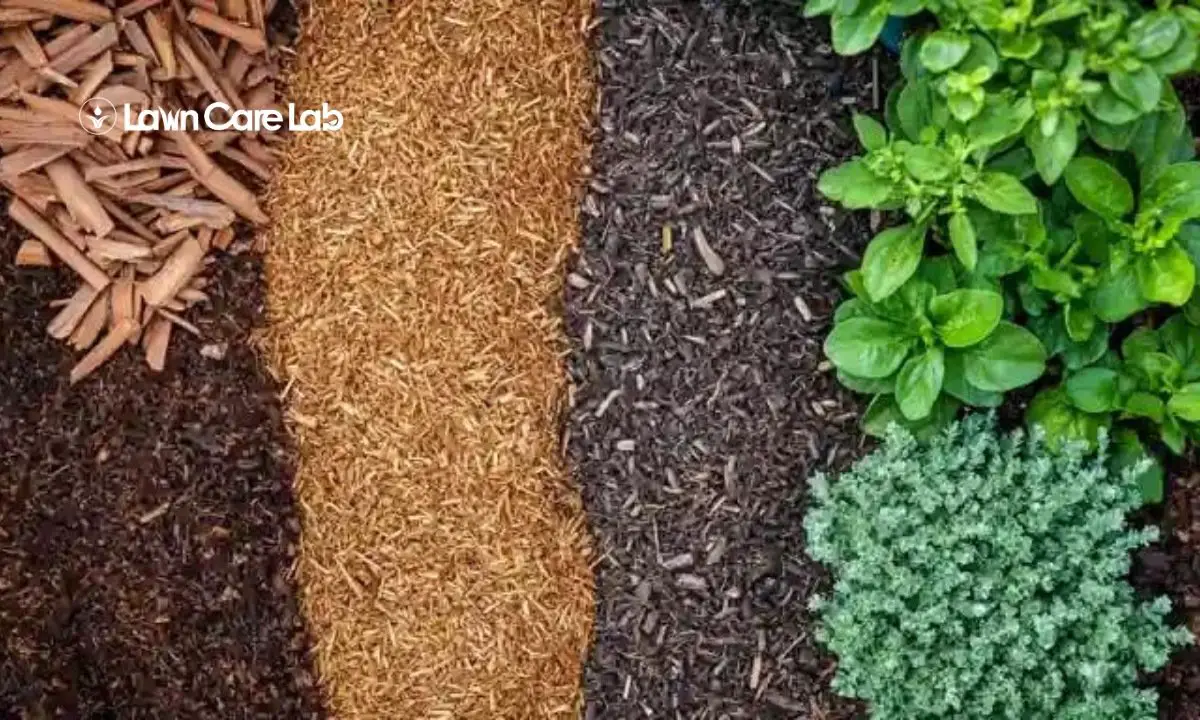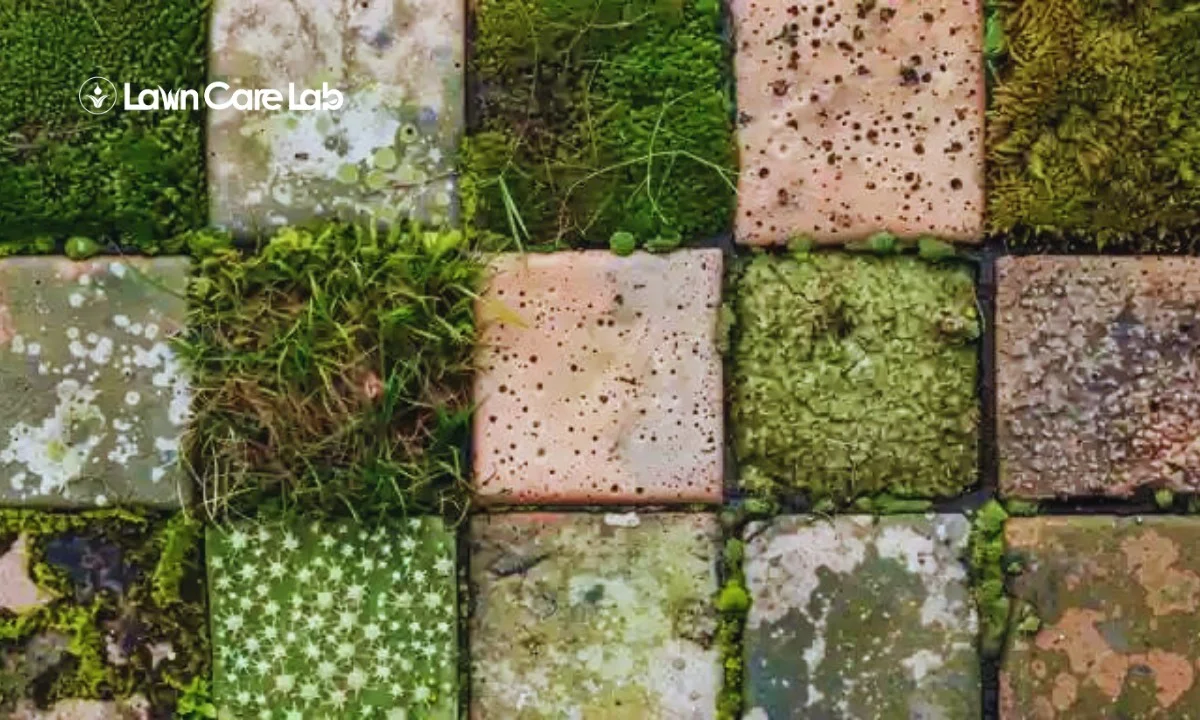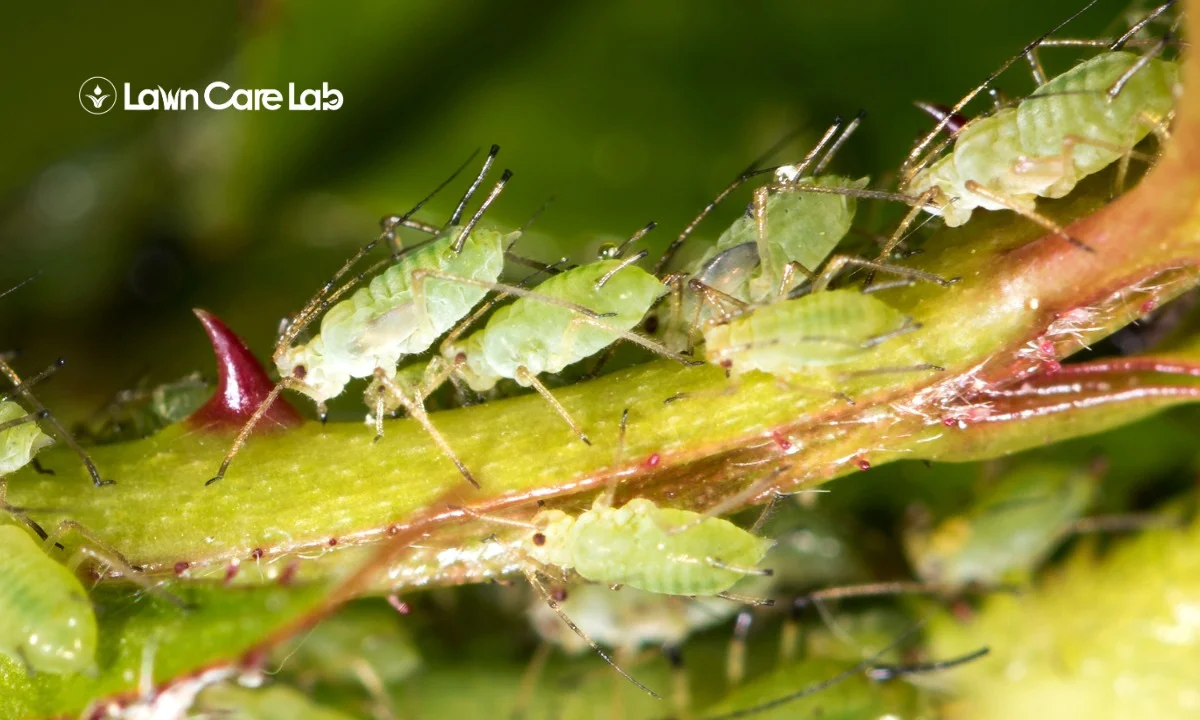Believe it or not, your backyard is a thriving microcosm, with bugs playing a key role. Those insects you’ve been brushing off are crucial to the health of your lawn’s ecosystem. Understanding this intricate world hidden in the grass involves identifying both friend and foe.
Let’s explore this hidden world, evaluate the influence of insects on your lawn, and learn to maintain the ideal equilibrium between pests and beneficial organisms. It’s time to decode the insect impact on your lawn and use it to our advantage.
Table of Contents
Beyond the Buzz and the Bites
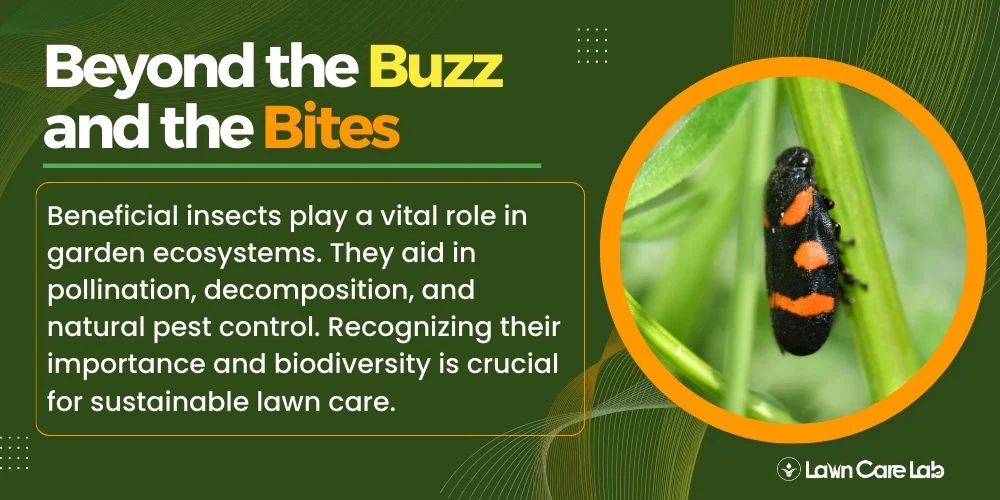
Explore the world beyond your doorstep and discover the unsung heroes in your yard. Bugs play a crucial role in maintaining a healthy and varied garden ecosystem.
Learn about decoding the insect impact on your lawn and their functions and make wise choices for your garden.
Setting the scene: The intricate world of lawn insects
Your backyard is more than just a patch of grass, it’s a bustling metropolis for lawn insects. These little critters, often unnoticed, play a crucial role in maintaining the health of your ecosystem.
Their world is a complex network where each bug, from pollinators to predators and decomposers to parasites, has a specific job to do.
By understanding and appreciating this biodiversity, you can find innovative, eco-friendly ways to care for your lawn.
The diverse roles insects play in garden ecosystems
Insects are essential for a healthy garden ecosystem. They perform various tasks, from monitoring the garden’s well-being to aiding in plant reproduction.
Beneficial insects act as natural pest control and break down organic matter to enrich soil, revolutionizing gardening methodology.
The Good: Beneficial Insects and Their Roles
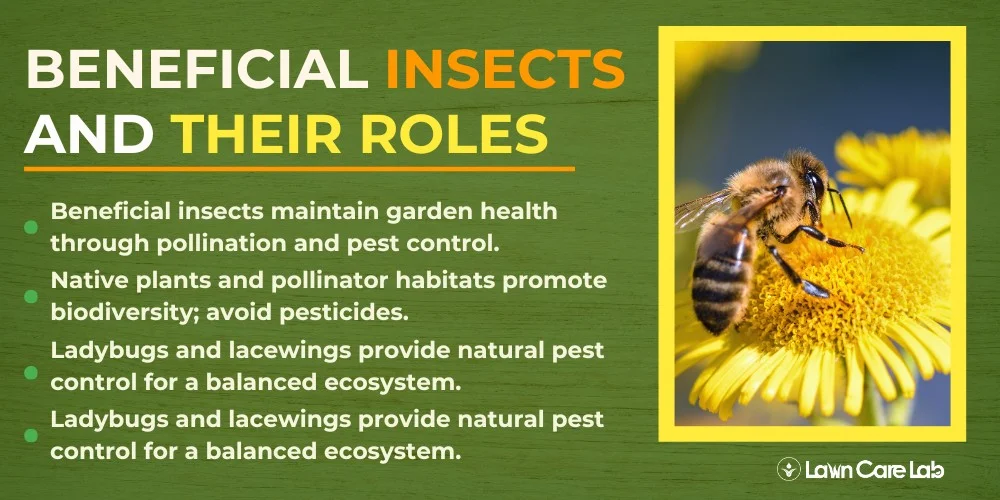
Your backyard is home to a variety of insects that play important roles in maintaining its ecosystem. While bees and butterflies pollinate plants, there are other insects that act as natural pest defenders, keeping harmful bugs at bay.
Pollinators: The unsung heroes of our gardens
Ever watched bees and butterflies buzzing around your garden? These little guys are the unsung heroes of your lawn, playing a crucial part in the ecosystem. They’re essential to plant reproduction, as they move pollen from one flower to another while they eat.
If you create a pollinator-friendly garden, you’re enhancing biodiversity and cultivating stronger, healthier plants.
Bees, butterflies, and their contribution to plant health
Attracting bees and butterflies to your garden is crucial for a healthy ecosystem. Cultivating native plants is key to providing essential habitats for these pollinators, ensuring robust reproduction among plants, and promoting biodiversity.
Recognize the value of these interactions and think creatively about how we can safeguard our pollinators.
Creating a garden that welcomes pollinators
Designing a pollinator-friendly garden may seem challenging initially, but it’s pretty simple once you understand the basics.
You just need to choose various plants to offer a range of pollen and nectar.
Additionally, establishing habitats and water facilities can make your garden more appealing.
Most importantly, stay away from pesticides to keep your green space safe.
Predators: Nature’s pest controllers
Your garden is home to more than just pests. Ladybugs and green lacewings are beneficial insects that help maintain a balanced ecosystem by eating harmful pests, leading to a healthy and thriving lawn.
Thus, recognizing and promoting these natural pest controllers is a practical way to support biodiversity.
Ladybugs, lacewings, and their prey
Ladybugs and lacewings in your garden are natural pest eliminators that consume aphids and mealybugs. Attracting them enhances biological pest management.
It’s a fantastic way to witness nature’s efficiency in action, feel the equilibrium of a balanced ecosystem, and contribute to a sustainable future.
Encouraging a balanced insect population
To promote a balanced bug community, it’s important to understand the roles of beneficial insects like predators and natural bug busters. Creating a habitat for them aligns with eco-friendly gardening practices and results in a robust ecosystem.
However, we can’t ignore the ‘unwanted visitors’ – the pests that invade our green spaces.
The Bad: Pests that Plague Our Lawns
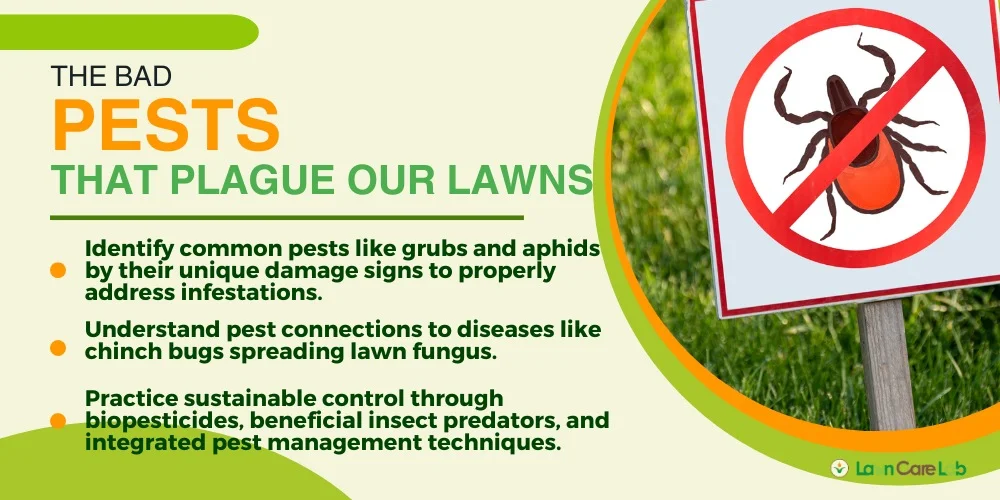
Green spaces are ruined by pesky creatures. From aphids to moles, we’ll take a closer look at the common nuisances and discuss how to manage them effectively and ecologically.
Identifying common lawn pests
When you’re inspecting your garden, you may notice the distinctive signs of usual culprits such as grubs and aphids. It’s pretty important to know how they harm your plants and their life stages for efficient management.
Also, understanding the connection between these bugs and certain turf diseases is vital for keeping your garden in top shape.
Grubs, aphids, and their damage signs
It’s quite common to discover grubs and aphids causing a ruckus in your garden. Spotting their unique damage signs can aid you in effectively dealing with these nuisances.
Mindful insect recognition and smart pest handling can help control grubs and aphids. Look out for dry patches, yellowed growth, increased bird activity, and sticky residue from aphids.
The link between certain insects and lawn diseases
Delving into the realm of bugs, it’s evident that pests like chinchbugs are key culprits in spreading lawn diseases. The better we comprehend this link, the better we can manage how these critters affect the health of our turf.
We can keep our lawns healthy and ward off these threats with the right insect control techniques.
Effective and eco-friendly pest control methods
Keep your garden pest-free in an eco-friendly way. Use sustainable pest management methods that work in harmony with nature.
Invite birds and ladybugs – nature’s pest controllers – to your garden. Use eco-friendly products that target pests only, leaving beneficial insects unharmed. Try integrated pest management techniques for a comprehensive solution.
Don’t forget a well-maintained and healthy lawn is less likely to attract pests.
The Ugly: Invasive Insect Impact on Your Lawn
Let’s delve into the less appealing aspect of the bug realm: invasive insects.
Without any natural enemies, these alien trespassers can reproduce wildly and cause mayhem in your local environment, including your cherished green spaces.
A detailed examination of these harmful critters will highlight their dangers and provide methods to track and lessen their effects.
Spotlight on invasive species and their risks
In your own backyard, you’re up against more than just pesky bugs damaging your plants. You’re also dealing with outside intruders, such as the emerald ash borer, Asian longhorned beetle, and hemlock woolly adelgid.
Invasive pests can displace native species, reduce biodiversity, and alter ecosystems. Managing their impact is crucial for green spaces and the environment.
The impact of invasive insects on native species
Invasive bugs in gardens disrupt the natural environment, forcing out native bugs and altering the food chain. This leads to conflicts and makes environmental protection more challenging and costly.
Understanding how serious these outcomes can be is important as we start discussing how to handle and lessen these invasions.
Strategies for managing and mitigating invasions
Facing the challenge of invasive insects can be tough, but don’t worry, there are effective tactics to handle these uninvited guests.
It’s all about pest control, halting their spread, and dealing with infestations. Quarantines and pesticides are great tools, as is encouraging natural predators.
Next, we’ll move on to creating a harmonious lawn ecosystem – a critical step in this process.
Cultivating a Balanced Lawn Ecosystem
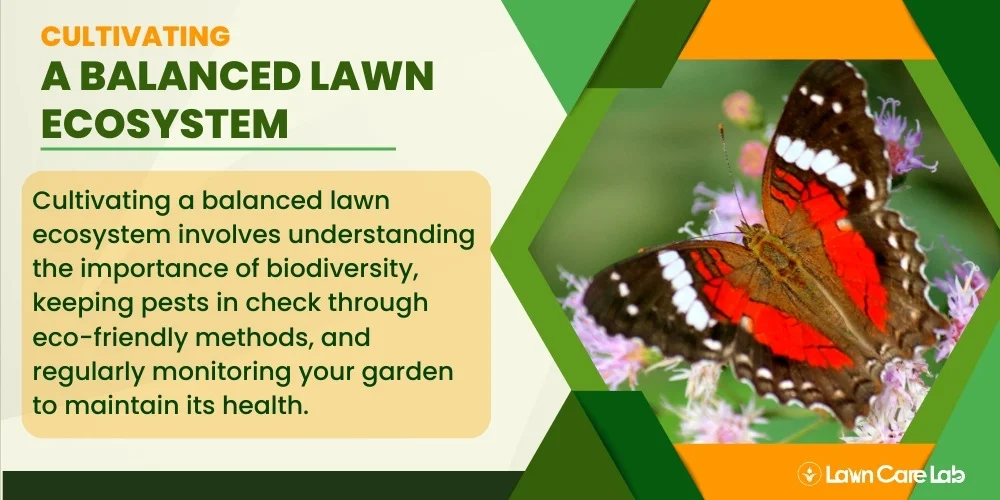
Creating a harmonious lawn ecosystem is like becoming the caretaker of a vast, interconnected network of living organisms. The wellness of your garden depends on its diverse inhabitants, each contributing uniquely.
It’s crucial to understand the importance of helpful species, control pests in a mindful way, and strive to limit the spread of invasive organisms.
The role of biodiversity in a healthy garden
Think of your backyard as a patch of green and a thriving ecosystem. Adding plants that keep bugs in check helps create a robust space that can withstand and adjust to alterations.
It’s vital to keep an eye on this diverse environment and step in when needed to keep your garden in top shape.
Introducing plants that regulate insect populations
Certain plants in your garden can naturally control pests and attract predators without the need for harmful chemicals. This sustainable method adds biodiversity, supports local wildlife, and enhances the aesthetic appeal of your space.
This eco-friendly gardening strategy brings a touch of nature’s equilibrium right to your doorstep.
The importance of regular monitoring and intervention
Keeping a close eye on your garden for any signs of pests is vital, as is stepping in quickly when you spot trouble. This key part of gardening involves figuring out what bugs are up to and how they’re affecting your plants.
Regular checks and smart pest control keep your garden looking good and help keep the ecosystem healthy and balanced. This puts your garden right up there with the best modern gardening practices.
Conclusion: Embracing the Insect World in Lawn Care
Insects are important for your lawn’s ecosystem. Sustainable lawn care methods encourage biodiversity and natural pest control, making your lawn healthier.
Insects help maintain soil health, pollinate, and control pests while shrinking your carbon footprint and preserving local ecosystems.
Promote beneficial insects instead of harmful pesticides for a more diverse and eco-friendly backyard.
The key to innovative lawn care lies in understanding and valuing all life and leveraging nature’s wisdom for a more vibrant, greener lawn.
- How to Create a Lawn Care Schedule for Southern Climates - October 30, 2024
- How to Use Compost Tea to Boost Lawn Growth and Soil Health - October 23, 2024
- The Best Grasses for Saltwater-Exposed Lawns: Coastal Lawn Care - October 17, 2024


